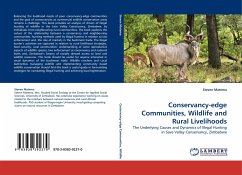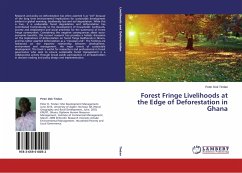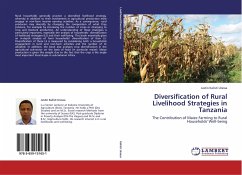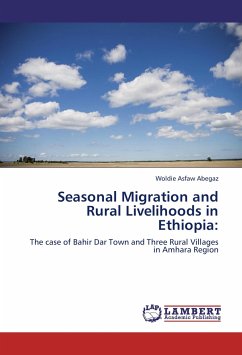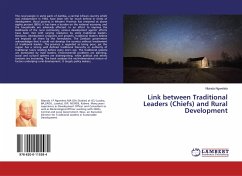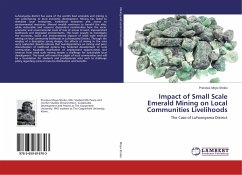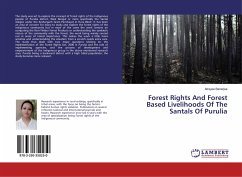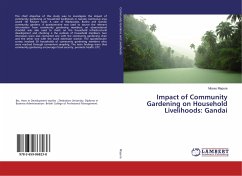Balancing the livelihood needs of poor conservancy-edge communities and the goal of conservancies as commercial wildlife conservation areas remains a challenge. This book provides an analysis of drivers of illegal hunting of wildlife in the Save Valley Conservancy, Zimbabwe, by individuals from neighbouring rural communities. The book explores the nature of the relationship between a conservancy and neighbouring communities; hunting methods used by illegal hunters in relation to law enforcement and, the role of markets in the bushmeat trade. The illegal hunter's activities are captured in relation to rural livelihood strategies, food security, rural communities' understanding of some reproductive aspects of wildlife species, law enforcement at conservancy and national levels and, Zimbabwe's history of racially skewed access to land and wildlife resources. This book should be useful for anyone interested in social dynamics of the bushmeat trade. Wildlife ranchers and Local Authorities managing wildlife and implementing community based wildlife conservation should find this book a useful guide in formulating strategies for combating illegal hunting and achieving local legitimation.
Bitte wählen Sie Ihr Anliegen aus.
Rechnungen
Retourenschein anfordern
Bestellstatus
Storno

